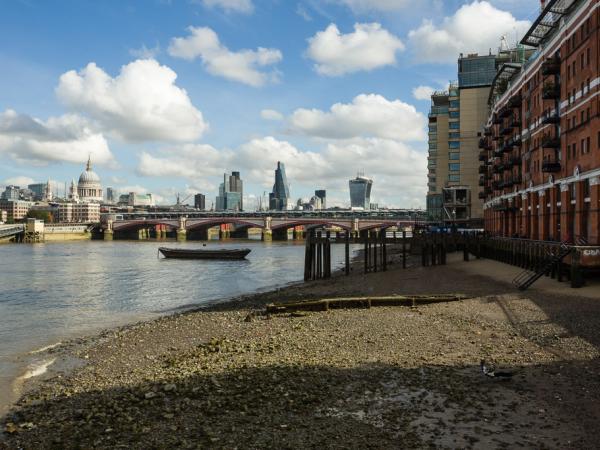Biography
Dameon’s works are often considered as well-crafted, realistic examinations of the modern condition within a historical context. The work subtly engages viewers to contemplate the continuity between past and present, embedded in the human narratives he weaves through his art. The melancholic and often underlying tragic images in Dameon's work, are not faded photographs of times past in an album, but are still vivid connections to times which seem familiar and recent, because of the relevance of things unchanged.
Each collection tells a story from a period in time and reflects upon its relativity today. As Walter Benjamin writes ‘storytelling is always the art of repeating stories’. Dameon choses moments in history and creates a thread that ties his works together, retelling captivating stories that trace a path through time.
Dameon traces recurring patterns of behaviour in the west since antiquity. Fore fronting a new renaissance in painting through his contemplation of historic recurrence; if there are lessons to impart, they are found in such recurring patterns.
His interest and focus is in the timeless truths about human nature; those things which lie within its relationship to the reality of these people's lives. Dameon's paintings are a visual depiction of what can lie beneath the surface; at times in a seemingly innocent image. Dameon captures his subject's lives with full emotional tension, portrayed against everyday back-drops where the drama unfolds.
Dameon lives and works in Rochester, UK.
Cannery Row in Monterey in California is a poem, a stink, a grating noise, a quality of light, a tone, a habit, a nostalgia, a dream. Cannery Row is the gathered and the scattered, tin and iron and rust and splintered wood, chipped pavement and weedy lots and junk heaps, sardine canneries of corrugated iron, honky tonks, restaurants, and whore houses, and little crowded groceries, and laboratories and flophouses. Its inhabitants are, as the man once said, "whores, pimps, gamblers and sons of bitches," by which he meant Everybody. Had the man looked through another peephole he might have said, "Saints and angels and martyrs and holy men," and he would have meant the same thing. 'Cannery Row' by John Steinbeck






